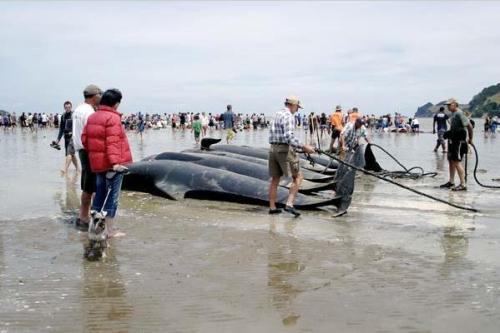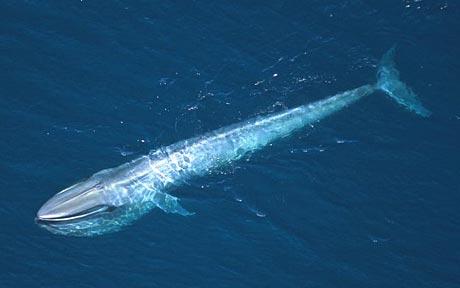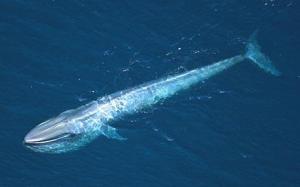HELON ALTONN, Honolulu Star Bulletin, December 27, 2009
 The ocean is becoming a noisier place due to increased greenhouse gas emissions, California and Hawaii scientists report.
The ocean is becoming a noisier place due to increased greenhouse gas emissions, California and Hawaii scientists report.
Rising atmospheric carbon dioxide absorbed by the oceans not only has increased seawater acidity but has affected its acoustics—making it more transparent to low-frequency sound, the scientists said in a study published in the journal Nature Geoscience.
Scientists said seawater sound absorption will drop by up to 70% this century.
“It was surprising to us,” said Richard Zeebe, an associate professor of oceanography at the University of Hawaii School of Ocean and Earth Science and Technology.
Increased atmospheric carbon dioxide dissolved in the oceans increases acidity, or hydrogen ion concentration, and as the acidity rises, it lowers the seawater pH (a measure of acidity), researchers said.
“Certain chemical compounds in the ocean absorb sound and affect sound propagation,” Zeebe said. “Frequencies can get louder and more intense, depending on the chemistry.”
Not all frequencies will be affected, he said, explaining pH changes mostly affect sounds in the lower frequency range.
SOEST researcher Tatiana Ilyina said the pH of surface seawater will drop by 0.6 units by the year 2100 at the current rate of carbon dioxide emissions, with a one-unit drop of pH representing a tenfold increase of acidity.
“As a result, the absorption of 200 Hz sound would decrease by up to 70%,” she said, noting the middle C of the piano is tuned to 261.6 Hz. Sound around that frequency is produced by natural phenomena such as rain, wind and waves, and marine mammals and manmade activities, she said.
Naval, commercial and scientific activities use low-frequency sound and marine mammals rely on low-frequency sound to find food and mates, the scientists said.
“As a result, ocean acidification may not only affect organisms at the bottom of the food chain by reducing calcification in plankton and corals, but also higher tropic-level species, such as marine mammals, by lowering sound absorption in the ocean,” they said.
Zeebe said: “The consequences of these changes on marine mammals is not well known at the moment. There is a lot of background noise in the ocean generated by humans—ship noise, construction, seismic surveys and sonar—and this noise will essentially increase in volume in the ocean in the future.
“If the noise level increases, it can distract species,” he said. “If they’re trying to identify certain sounds in the ocean important for them for reproduction, feeding or something, and if the background noise is increasing, it could essentially cover certain sounds they depend on. This is a possibility.”
Another possibility is that marine mammals may be able to communicate over larger distances in the lower frequency range if sound absorption is decreased because underwater sounds can travel farther than at the surface, he said.
“Also, there are commercial and scientific applications, seismic surveys, that probably will have to take into account that future sound propagation in the ocean will slowly change,” Zeebe said, adding that more study is needed to determine the effects of the ocean acoustics changes.


